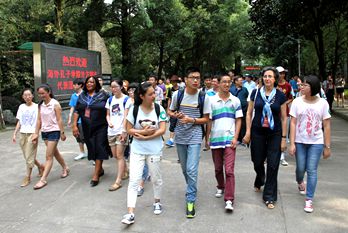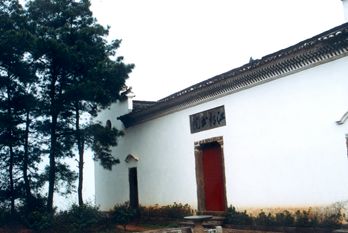Quzhou maps out five-year trek to common prosperity (Ⅰ)
The CPC Quzhou Municipal Committee and the Quzhou People's Municipal Government recently released the Action Plan (2021-25) for Quzhou's High-quality Development and Construction of Common Prosperity Demonstration Zone as a Four-province Thoroughfare City, according to local media reports on Aug 27.
The following are some of the major goals of the action plan for the prefecture-level city of Quzhou, located in East China's Zhejiang province:
Set out general development goal
Quzhou is said to have done particularly well in its economic and social development over the past five years and in achieving major goals set out in the 13th Five-Year Plan period (2016-20). Moreover, it has targeted innovation-driven growth and will now move to expand its international cooperation in the 14th Five-Year Plan period (2021-25).
Strengthen material foundations supporting common prosperity, set a good example of high-quality economic development
The city will accelerate the optimization and upgrading of its industrial structure, promote investment for major industrial projects, vigorously introduce a number of major projects and strive to secure over 150 billion yuan ($23.2 billion) in non-municipal funding during the 14th Five-Year Plan period (2021-25).
Increase residents personal incomes
By 2025, the income gap between urban and rural residents in Quzhou is projected to diminish. The ability of low-income groups to earn more money and increase their living standards is also expected to improve significantly.
Improve public services for urban and rural residents, set a good example of excellent public services
Quzhou will improve its "internet + medical care" services system, as well as promote the construction of a 5G smart medical system that combines both medical and emergency services in the city.
Push forward balanced development between urban, rural areas
Quzhou has adhered to the goal of the integration of city areas and counties, strengthened the agglomeration capacity of its central urban area, as well as promoted the transformation of the county economy into a metropolitan economy led by the core city area.

 City brand logo - fist-and-palm salute
City brand logo - fist-and-palm salute Confucianism on campus
Confucianism on campus The culture of the academy
The culture of the academy